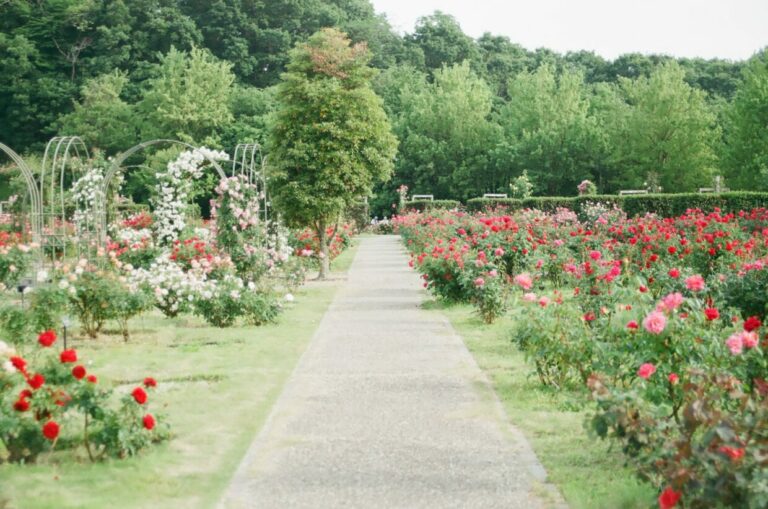Griselinia is a genus of evergreen, hardy shrubs that are endemic to New Zealand. Native to the coastlines and hillsides of the North and South Islands, Griselinias have become increasingly popular as ornamental plants due to their attractive foliage and low maintenance needs. In this guide you’ll learn all about these beautiful New Zealand natives, from planting and caring for them to common pests and diseases that affect them.
Planting Griselinia
Griselinias do best in well-drained acidic soil with good moisture retention. If your soil is too alkaline or clay-like, adding mulch, compost, or peat moss can help balance it out. When it comes to location, look for somewhere that gets 6-8 hours of sunlight a day – a spot that is sheltered from heavy winds is also ideal. Once you’ve got your spot chosen and prepped with some organic matter, it’s time to plant your griselinia.
- Select a healthy-looking shrub from your local nursery.
- Dig a hole that’s deep enough and wide enough to accommodate the rootball of the shrub.
Once you’ve done that, gently remove it from its container and place it in the hole. Fill the hole with soil, gently packing it down to ensure there are no air pockets. Water thoroughly after planting and keep an eye on the soil level throughout its growth; Griselinia will need regular watering during periods of drought.
Caring for Your Griselinia
Fertilizing: While not necessary for optimal health, applying fertilizer every 8 weeks or so can help your Griselinia stay lush and vibrant. Using a balanced fertilizer (one with equal parts nitrogen, phosphate, and potassium) applied according to the instructions on the packaging should be sufficient for most specimens.
- Pruning: During late summer/early autumn is generally best for pruning as this allows plenty of time for growth in spring.
- Mulching: :Mulching around the base of your griselinia can help conserve moisture in the soil while also preventing weed growth.
Common Pests & Diseases Affecting Griselinia
Though hardy by nature, Griselinias can be susceptible to certain pests & diseases if not properly cared for – here are some of the most common ones you should watch out for:
- Scale insects : These are small insects that can infest your Griselinia’s leaves & stems; they secrete a sticky substance which attracts ants & causes discolouration in affected areas.
- Leaf spot: This fungal disease affects both foliage & stems; look out for yellow spots & blotches on leaves as well as lesions on stems.
- Root rot: This disease often occurs when soil remains too wet over prolonged periods; if left untreated it can cause stunted growth & even death of affected plants.
Act quickly if you think your plant may be affected by any of these issues; luckily they are often treatable if caught early enough. Inspect plants regularly (especially just after rain or during periods of warm weather) & act quickly if symptoms appear.




